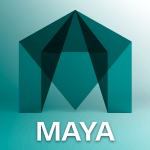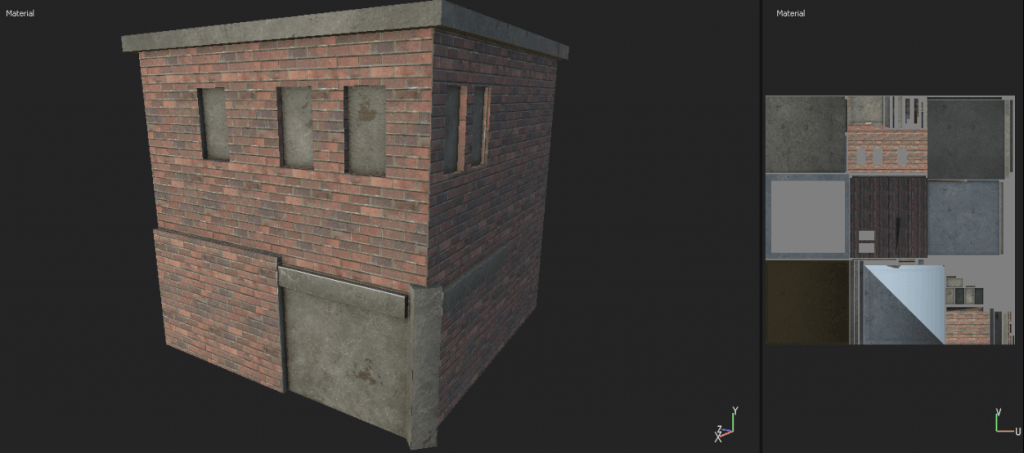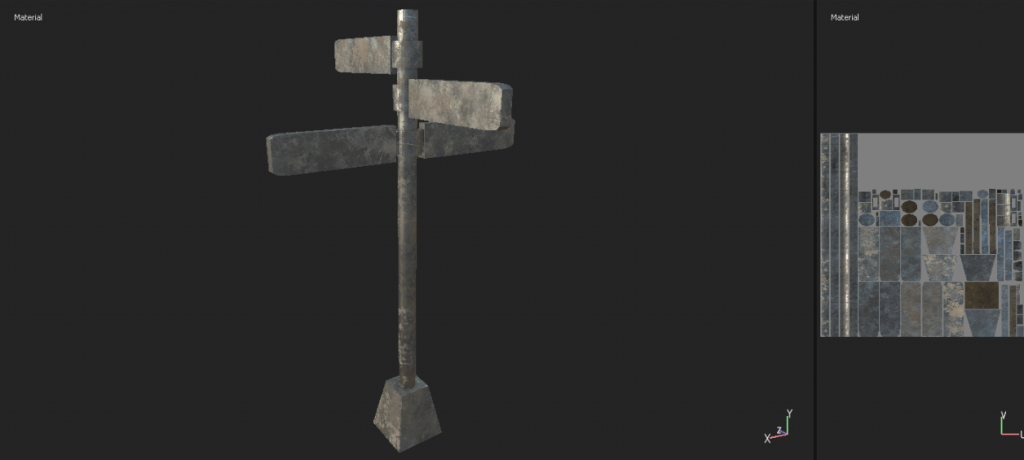For the first steps of my project, during the summer I had to make decisions on the skills I wanted to display and the software I was going to use to achieve these goals.
Towards the end of second year, I was lucky enough to be selected to take part in a Digital Media excursion to the Netherlands, with the goal of taking part in a small team to create a small 3D environment, which would then be placed in the Unreal game engine to introduce some interactivity to the scene.
During this time I learned valuable skills in 3D modelling (Blender), Texture painting (Substance Painter and Photoshop) and also the Unreal game engine.
The experience definitely helped me form a basic idea for my final year projects, and after speaking to my tutors I had decided for the first semester I was going to build a 3D showreel.
In terms of research for this idea, I did some research into the job roles at some of the larger VFX companies. One such role was for Environment TD at Framestore, which included the following skills and responsibilities;
- Strong knowledge of Photoshop, Nuke and Maya
- Modelling, UV Layout and Texturing skills
- Artistic skills in digital matte painting
- Previous experience with 2.5D workflow
- Assembling models, digital matte paintings, texturing, projections and lights into a CG scene for rendering
This led me to the decision that I was going to display the following skills in my showreel;
- Camera Projection / Mapping
- 3D Modelling
- UV Layout and Texturing
- 3D Matchmoving
Following this, my next decision was on the software I was going to use to achieve these goals.
For texturing, I was very set from the beginning that I would be using Substance Painter, this was due to my previous experience with the software was very positive due to its ease of use when it came to came to creating detailed textures focused on photorealism.
For matchmoving, my options came down to Blender and Autodesk Matchmover. After a short experiment with Blender, I attempted the same process with Matchmover, only to find that the software was incompatible with my my PC. After some troubleshooting and advice seeking, I came to the decision that due to this incompatibility I would use Blender for my matchmoving.
The last software decision I would have to make for this project would be which program I would use for my modelling. To aid with this decision, I drew up a short list of pros and cons for both Blender and Maya.
Blender

Pros
- I have had previous experience with this software, and have a good base knowledge to build from
- Free and open source
- Regular updates
- Coherent user interface and shortcuts, very easy to learn and use
- All in one package, features include a game engine, physics simulation and a built in matchmover
Cons
- Rarely used by the industry due to constant updates
- Not as powerful as other modelling packages
- Built in renderer lacks depth compared to other softwares
Maya

Pros
- Currently the industry standard in the film industry when it comes to modelling and animation
- Very customisable, external plugins and user interface tweaks are numerous
- Skills gained in Maya are easily applicable to other software packages
- Interoperability between plenty of different software
- Arnold renderer built in
- Compatible on Windows, MAC and Linux
- Free 3 year license for students
Cons
- Confusing interface, menu organisation hides a lot of useful functions
- Steep learning curve
- Doesn’t include a built in matchmover, Autodesk Matchmover is very complex to operate and hasn’t been updated in over 3 years
- Very expensive licensing
Overall, the deciding factor in this would definitely be the fact that Maya is currently the industry standard when it comes to modelling. Therefore, in terms of the next steps for this project, I plan on transferring my modelling skills from Blender into Maya.

